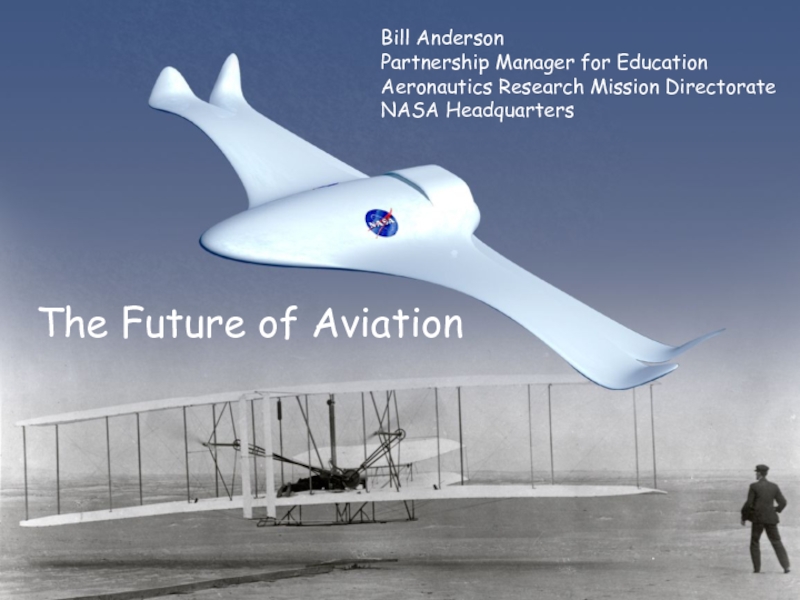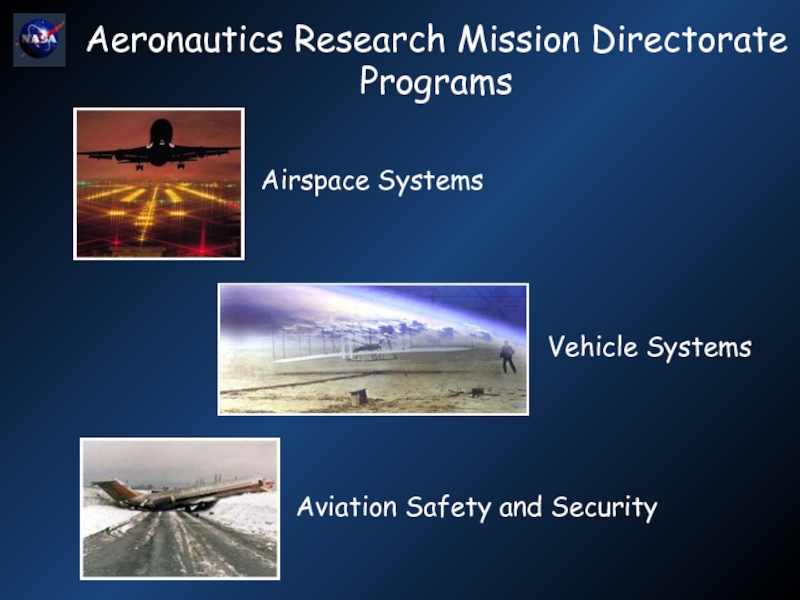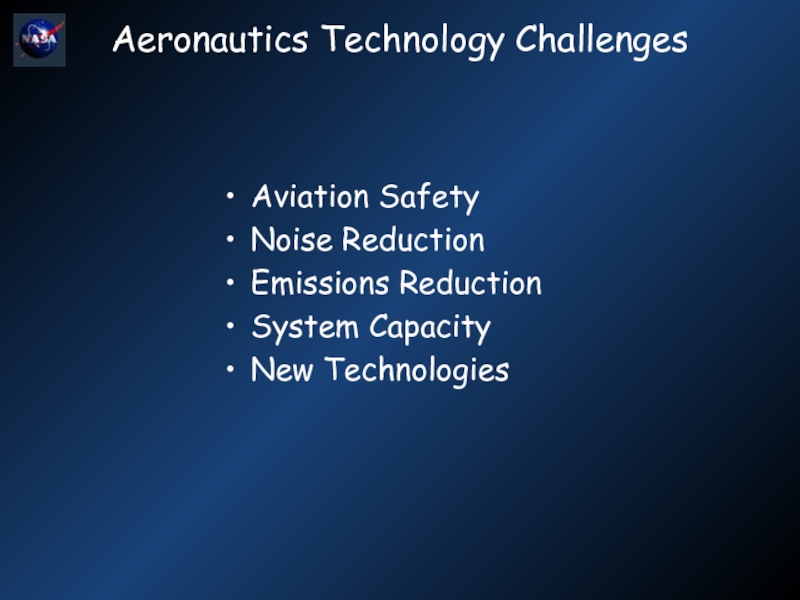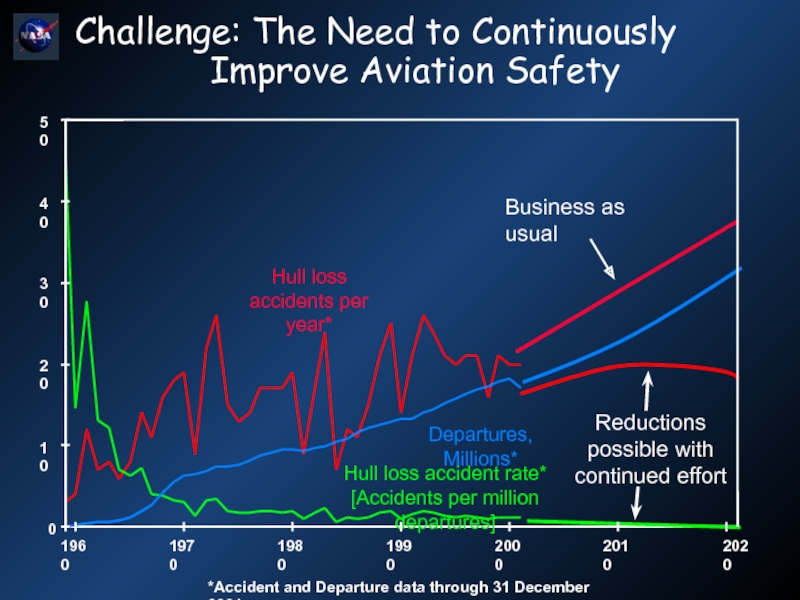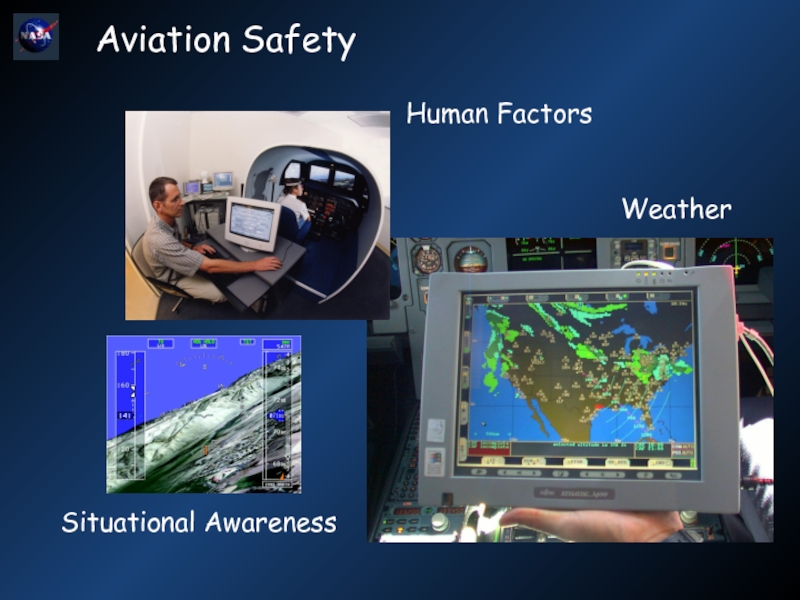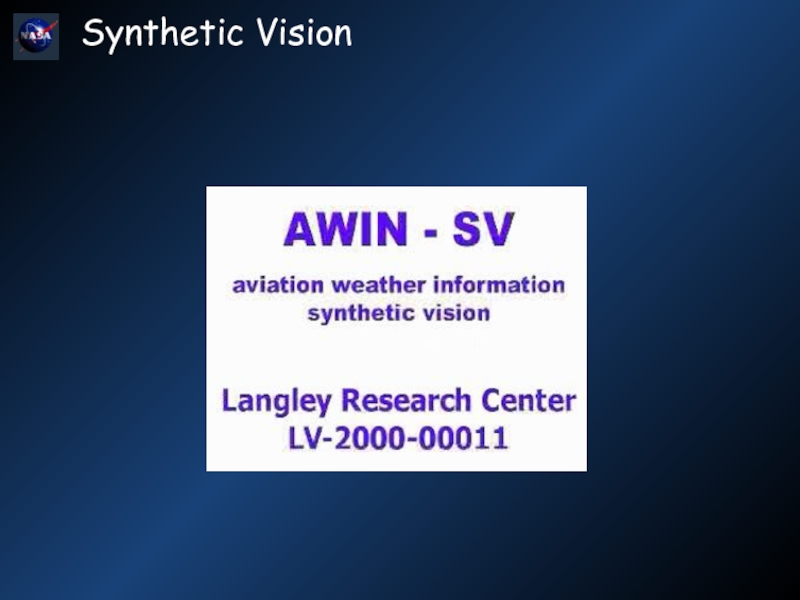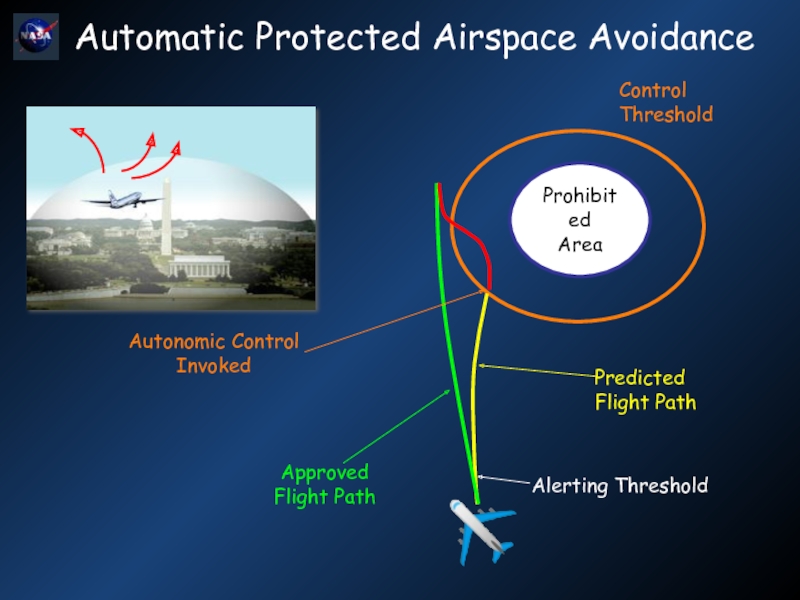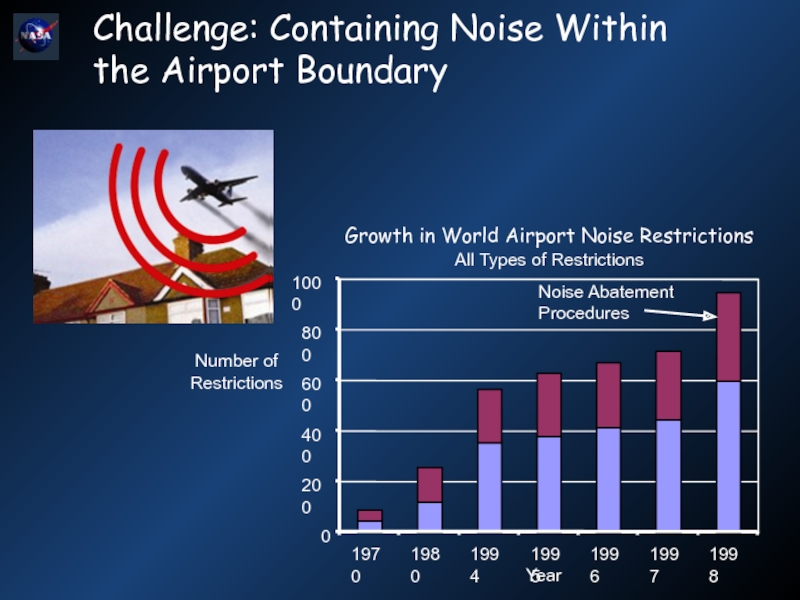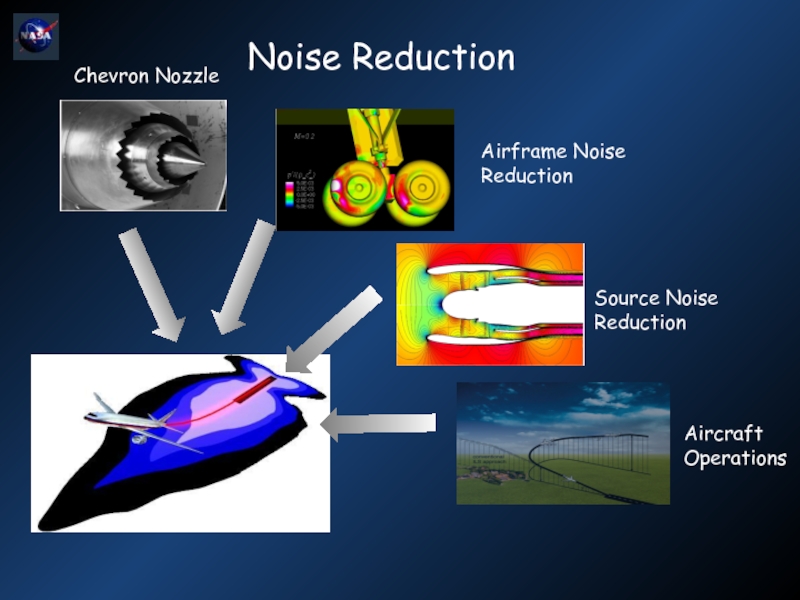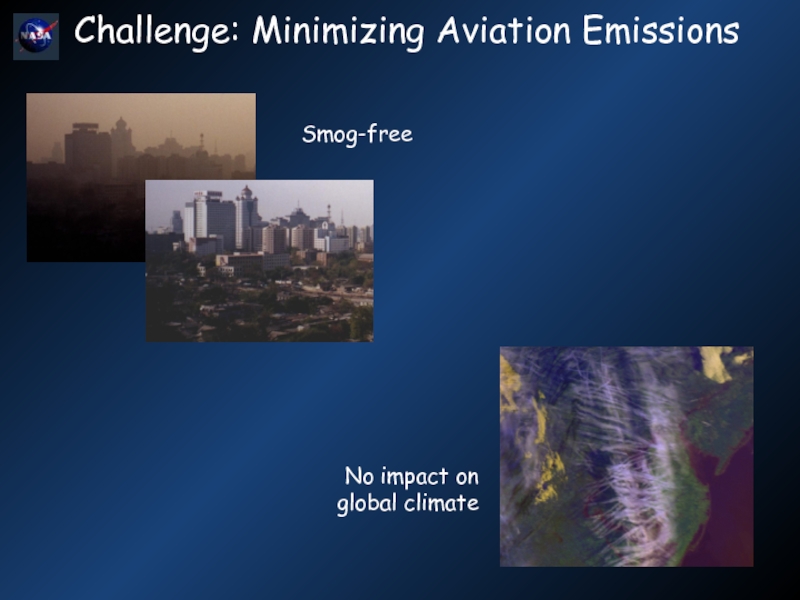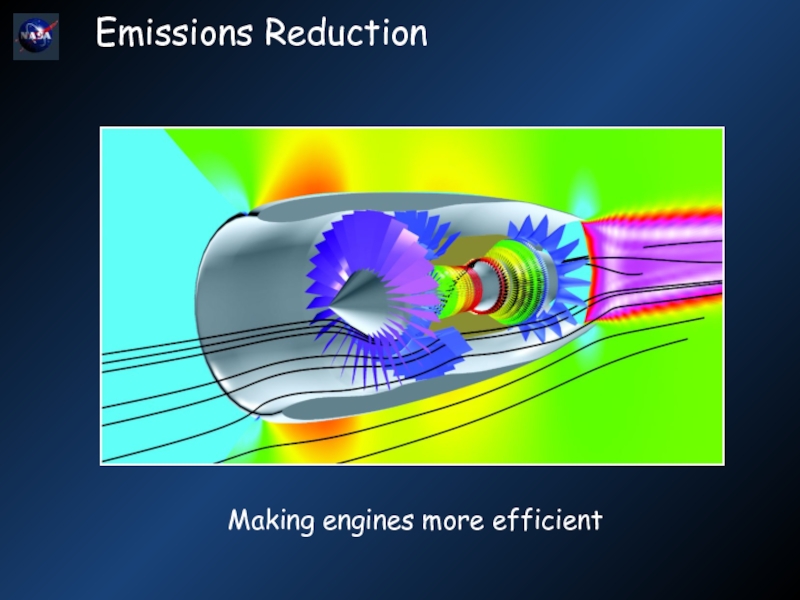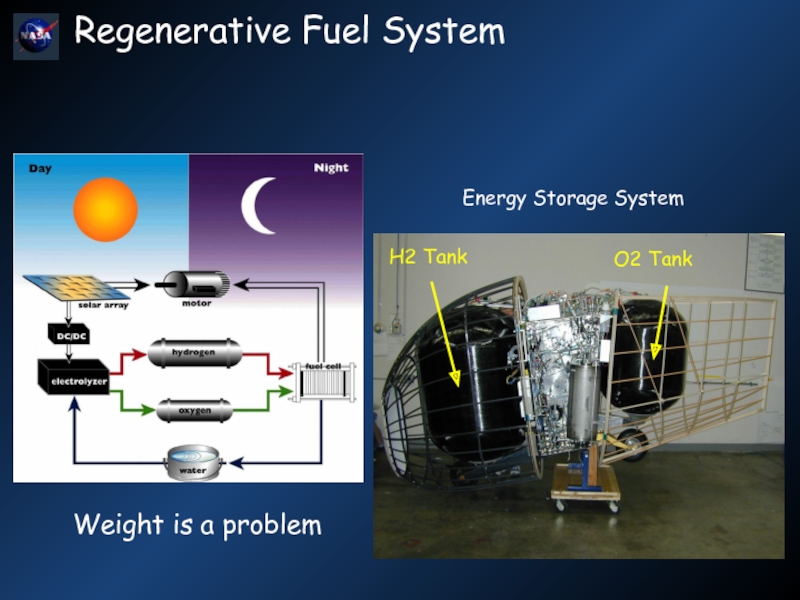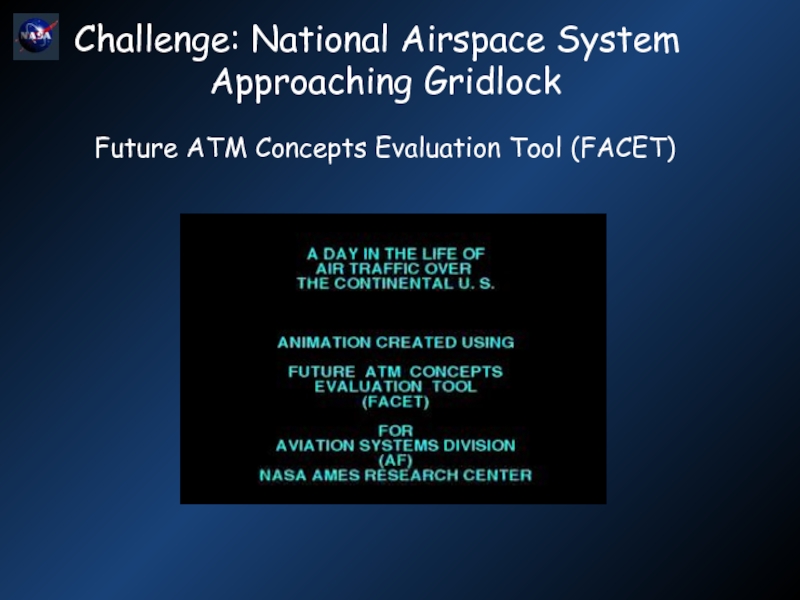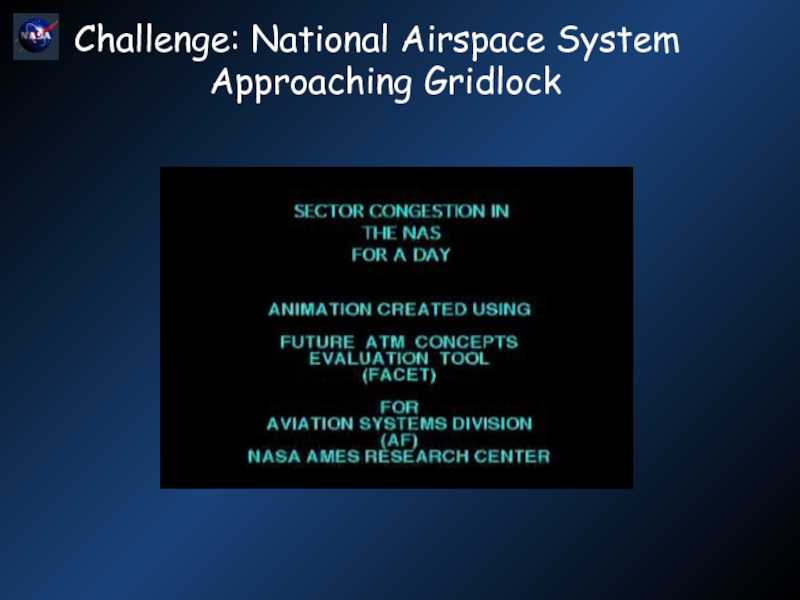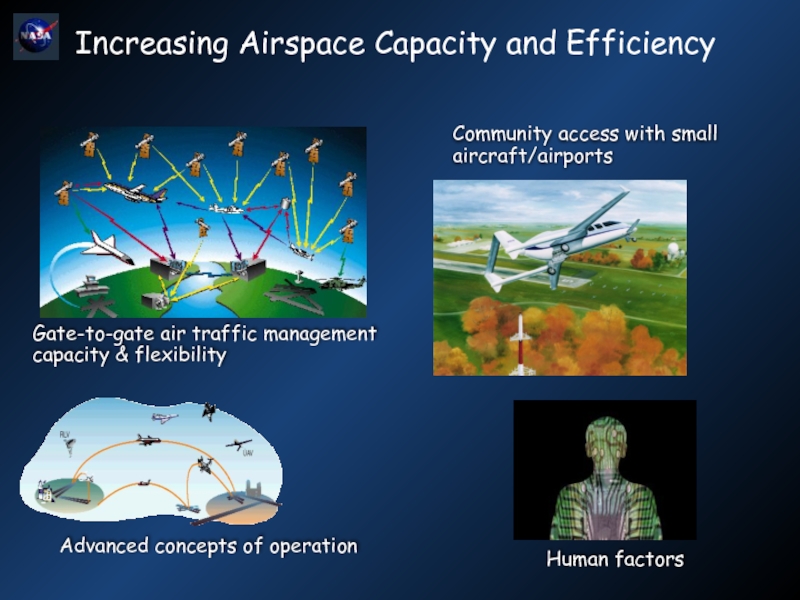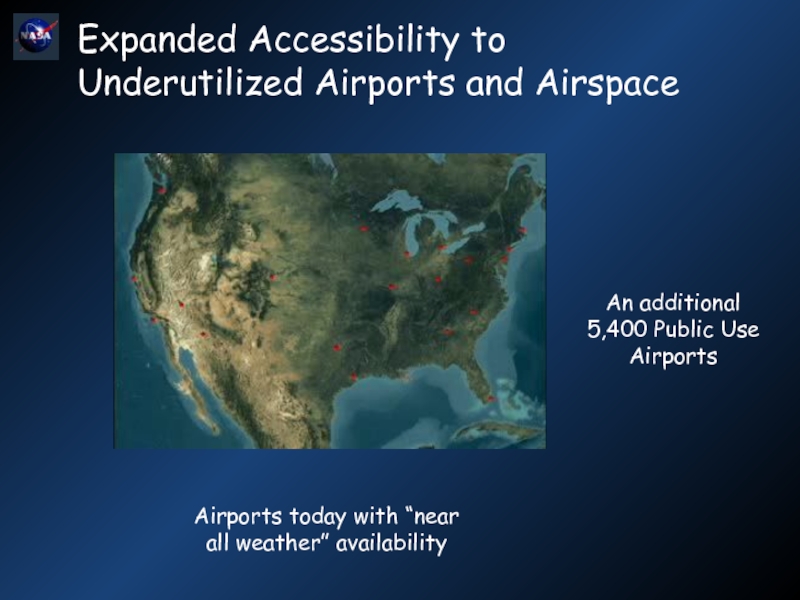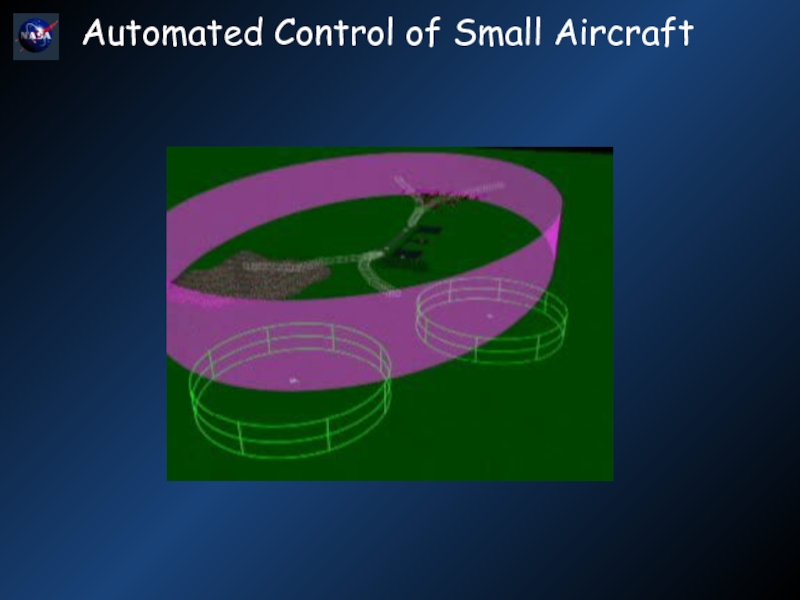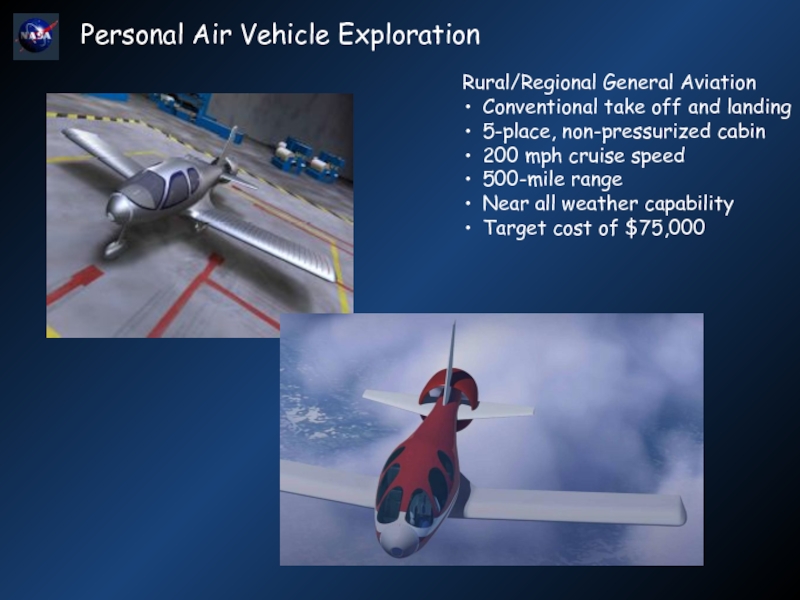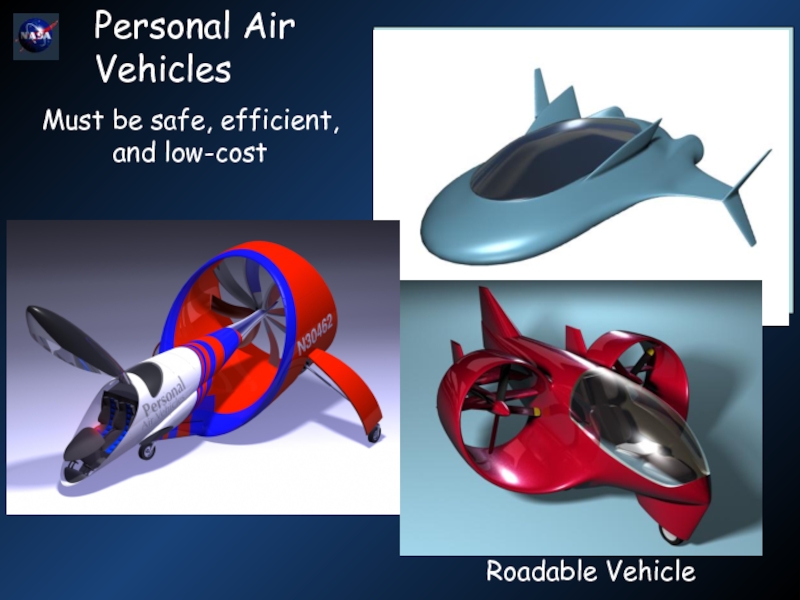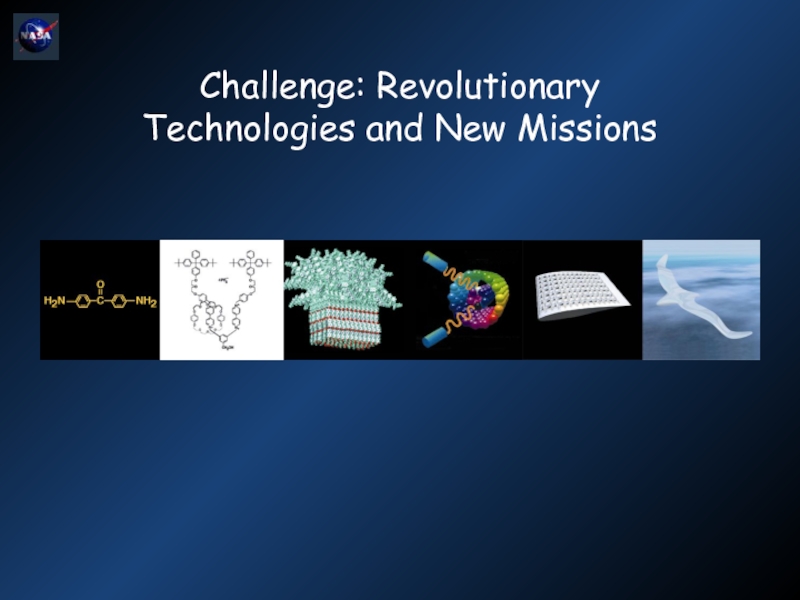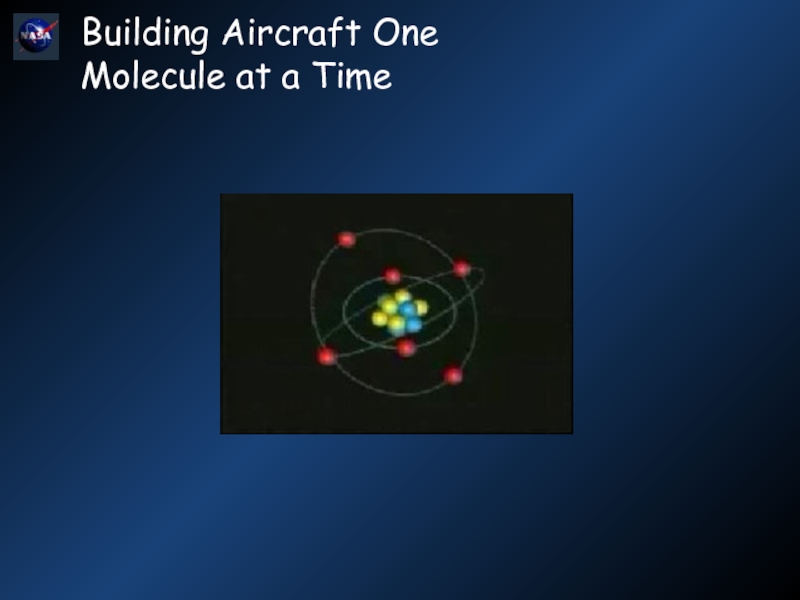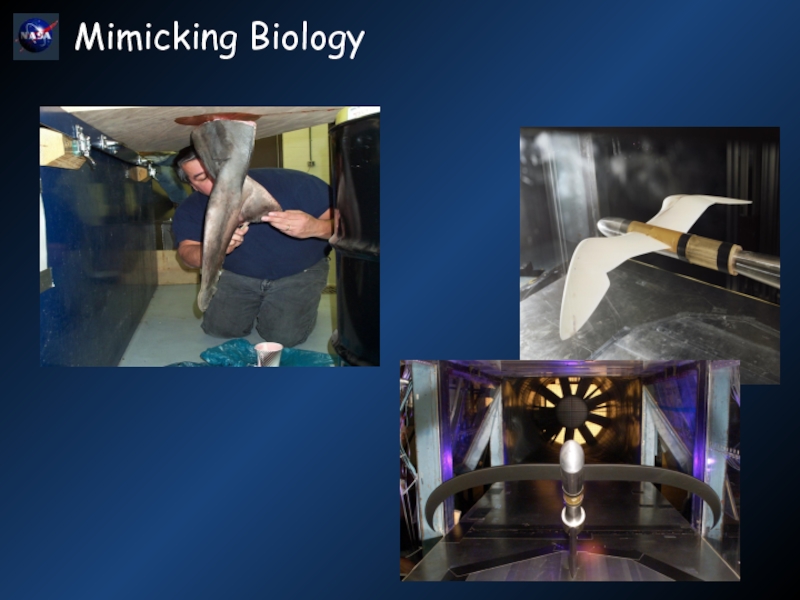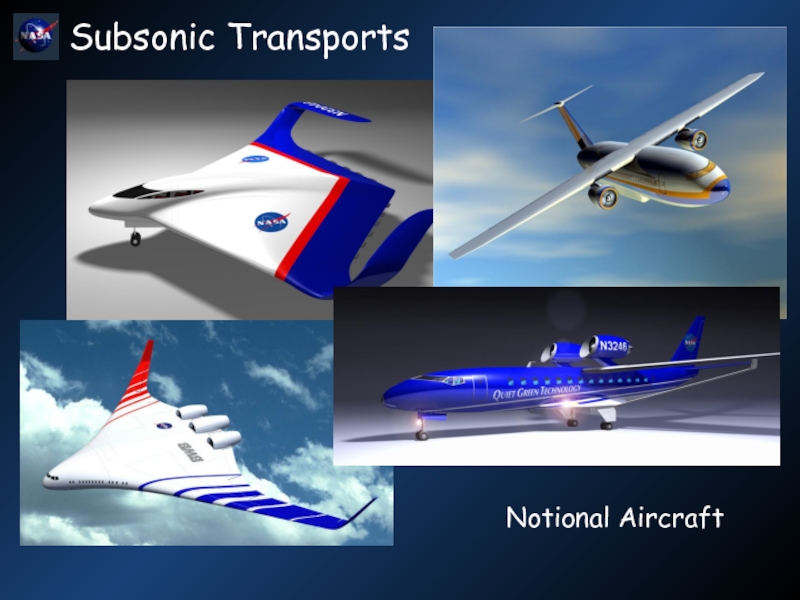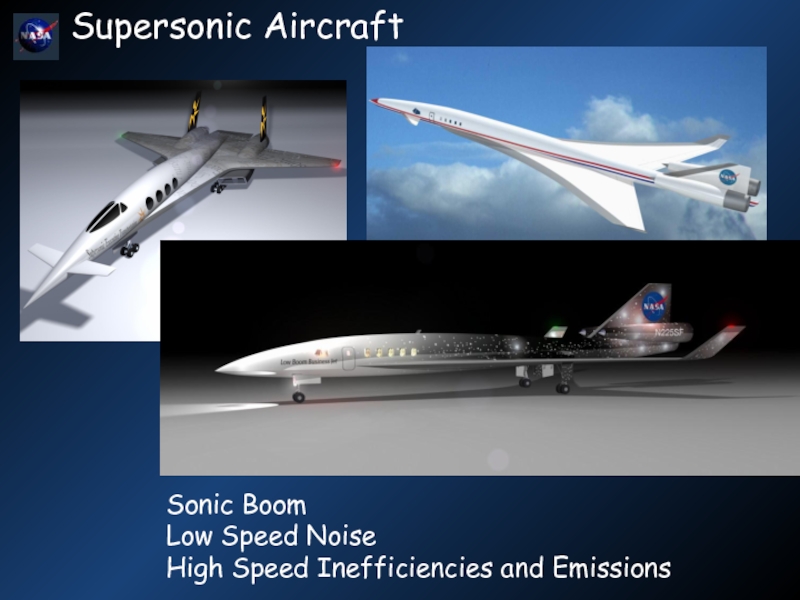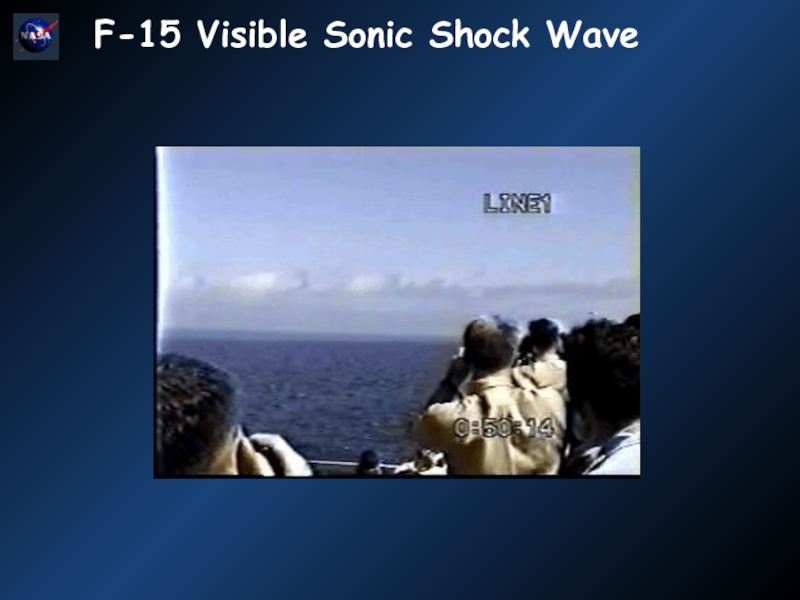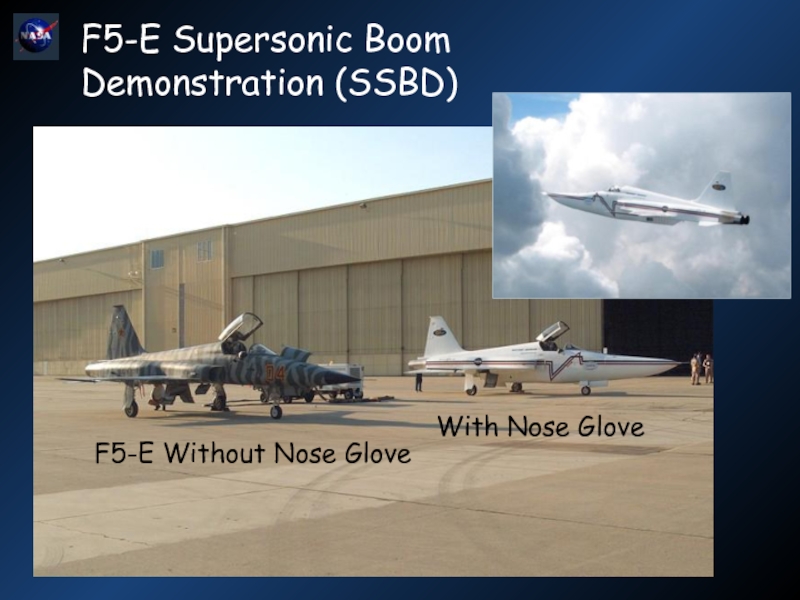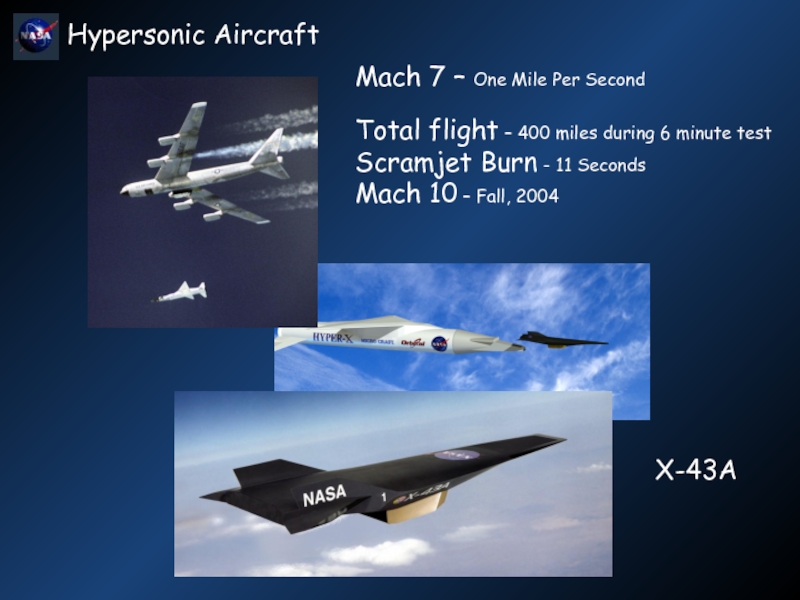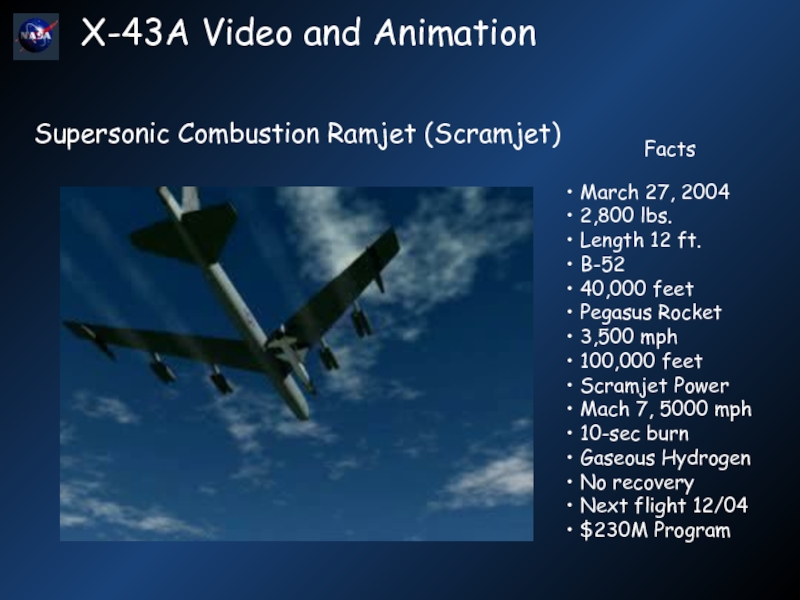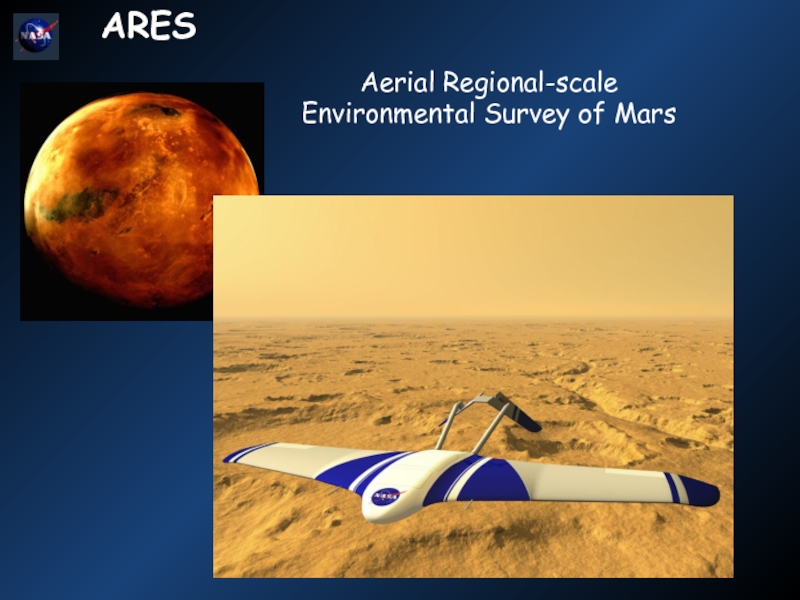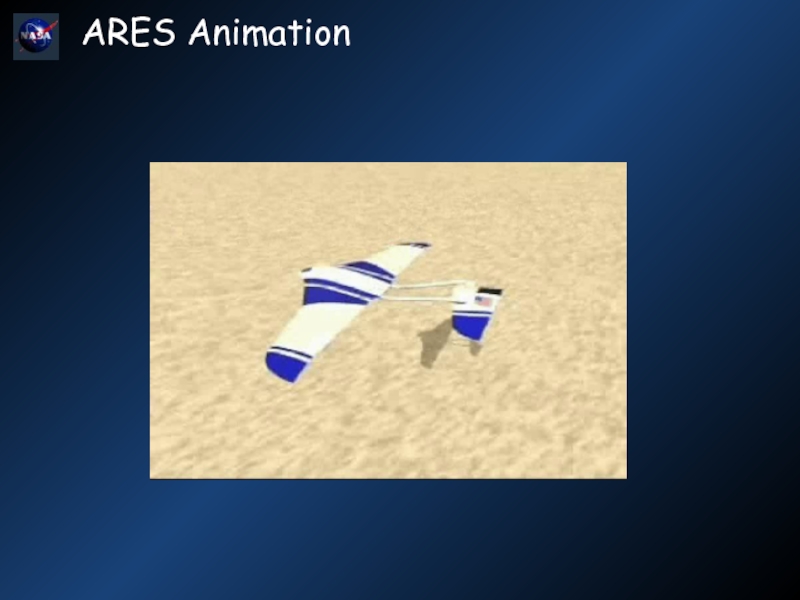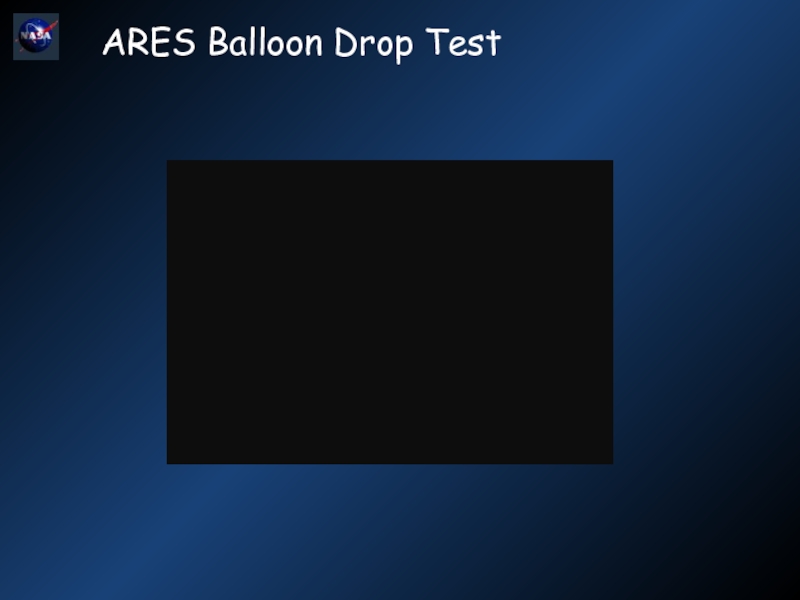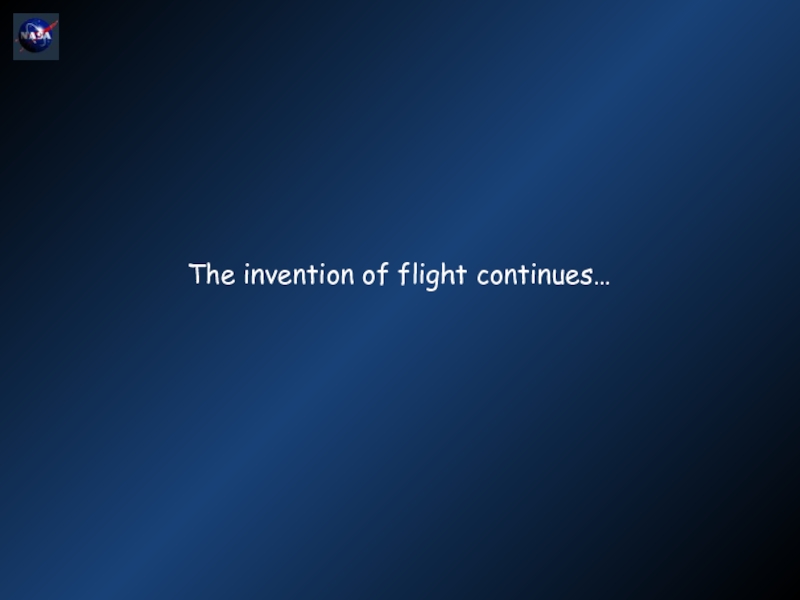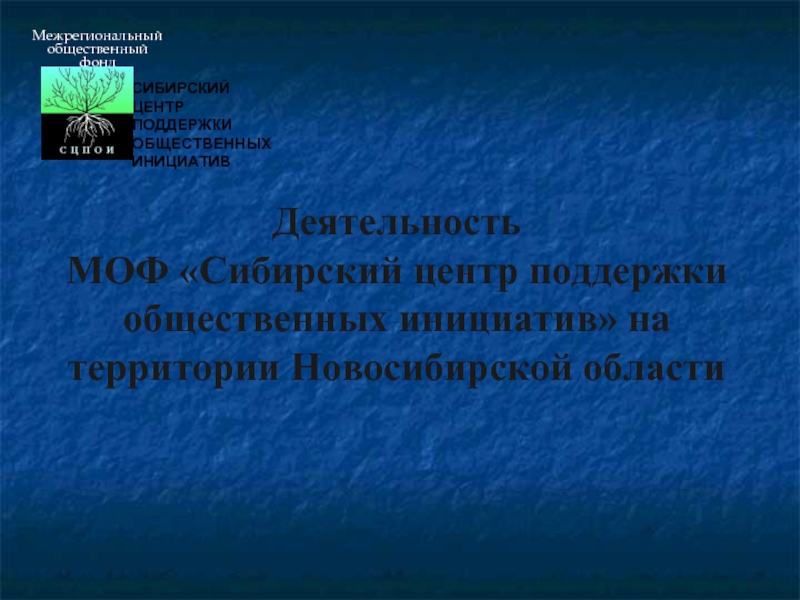- Главная
- Разное
- Дизайн
- Бизнес и предпринимательство
- Аналитика
- Образование
- Развлечения
- Красота и здоровье
- Финансы
- Государство
- Путешествия
- Спорт
- Недвижимость
- Армия
- Графика
- Культурология
- Еда и кулинария
- Лингвистика
- Английский язык
- Астрономия
- Алгебра
- Биология
- География
- Детские презентации
- Информатика
- История
- Литература
- Маркетинг
- Математика
- Медицина
- Менеджмент
- Музыка
- МХК
- Немецкий язык
- ОБЖ
- Обществознание
- Окружающий мир
- Педагогика
- Русский язык
- Технология
- Физика
- Философия
- Химия
- Шаблоны, картинки для презентаций
- Экология
- Экономика
- Юриспруденция
The Future of Aviation презентация
Содержание
- 1. The Future of Aviation
- 2. Aeronautics Research Mission Directorate Programs Airspace Systems Vehicle Systems Aviation Safety and Security
- 3. Aeronautics Technology Challenges Aviation Safety Noise Reduction Emissions Reduction System Capacity New Technologies
- 4. Challenge: The Need to Continuously Improve Aviation
- 5. Aviation Safety
- 6. Synthetic Vision
- 7. Automatic Protected Airspace Avoidance ✈
- 9. Airframe Noise Reduction Source Noise Reduction
- 10. Challenge: Minimizing Aviation Emissions Smog-free No impact on global climate
- 11. Emissions Reduction Making engines more efficient
- 12. Energy Storage System H2 Tank O2 Tank Regenerative Fuel System Weight is a problem
- 13. Challenge: National Airspace System Approaching Gridlock Future ATM Concepts Evaluation Tool (FACET)
- 14. Challenge: National Airspace System Approaching Gridlock
- 15. Community access with small aircraft/airports Advanced concepts
- 16. An additional 5,400 Public Use
- 17. Automated Control of Small Aircraft
- 18. Personal Air Vehicle Exploration Rural/Regional General Aviation
- 19. Personal Air Vehicles Roadable Vehicle Must be safe, efficient, and low-cost
- 20. Challenge: Revolutionary Technologies and New Missions
- 21. Building Aircraft One Molecule at a Time
- 22. Mimicking Biology
- 23. Subsonic Transports Notional Aircraft
- 24. Supersonic Aircraft Sonic Boom Low Speed Noise High Speed Inefficiencies and Emissions
- 25. F-15 Visible Sonic Shock Wave
- 26. F5-E Supersonic Boom Demonstration (SSBD) F5-E Without Nose Glove With Nose Glove
- 27. Vehicles of the Future
- 29. X-43A Video and Animation Facts
- 31. ARES Animation
- 32. ARES Balloon Drop Test
- 33. In Summary…
- 34. The invention of flight continues…
Слайд 1The Future of Aviation
Bill Anderson
Partnership Manager for Education
Aeronautics Research Mission Directorate
NASA
Слайд 2Aeronautics Research Mission Directorate Programs
Airspace Systems
Vehicle Systems
Aviation Safety and Security
Слайд 3Aeronautics Technology Challenges
Aviation Safety
Noise Reduction
Emissions Reduction
System Capacity
New Technologies
Слайд 4Challenge: The Need to Continuously Improve Aviation Safety
Business as usual
Reductions possible
Hull loss accidents per year*
Hull loss accident rate*
[Accidents per million departures]
Departures, Millions*
1960
1970
1980
1990
2000
2010
2020
0
10
20
30
40
50
*Accident and Departure data through 31 December 2001
Слайд 7Automatic Protected Airspace Avoidance
✈
Predicted
Flight Path
Approved
Flight Path
Autonomic Control Invoked
Prohibited
Area
Alerting Threshold
Control
Слайд 8
0
200
400
600
800
1000
1970
1980
1994
1995
1996
1997
1998
Growth in World Airport Noise Restrictions
All Types of Restrictions
Year
Noise Abatement Procedures
Number
Challenge: Containing Noise Within
the Airport Boundary
Слайд 9Airframe Noise Reduction
Source Noise Reduction
Aircraft Operations
Noise Reduction
Chevron Nozzle
Слайд 13Challenge: National Airspace System Approaching Gridlock
Future ATM Concepts Evaluation Tool (FACET)
Слайд 15Community access with small aircraft/airports
Advanced concepts of operation
Gate-to-gate air traffic management
Human factors
Increasing Airspace Capacity and Efficiency
Слайд 16An additional
5,400 Public Use
Airports
Airports today with “near all weather”
Expanded Accessibility to Underutilized Airports and Airspace
Слайд 18Personal Air Vehicle Exploration
Rural/Regional General Aviation
Conventional take off and landing
5-place, non-pressurized
200 mph cruise speed
500-mile range
Near all weather capability
Target cost of $75,000
Слайд 29X-43A Video and Animation
Facts
March 27, 2004
2,800 lbs.
Length 12
B-52
40,000 feet
Pegasus Rocket
3,500 mph
100,000 feet
Scramjet Power
Mach 7, 5000 mph
10-sec burn
Gaseous Hydrogen
No recovery
Next flight 12/04
$230M Program
Supersonic Combustion Ramjet (Scramjet)
